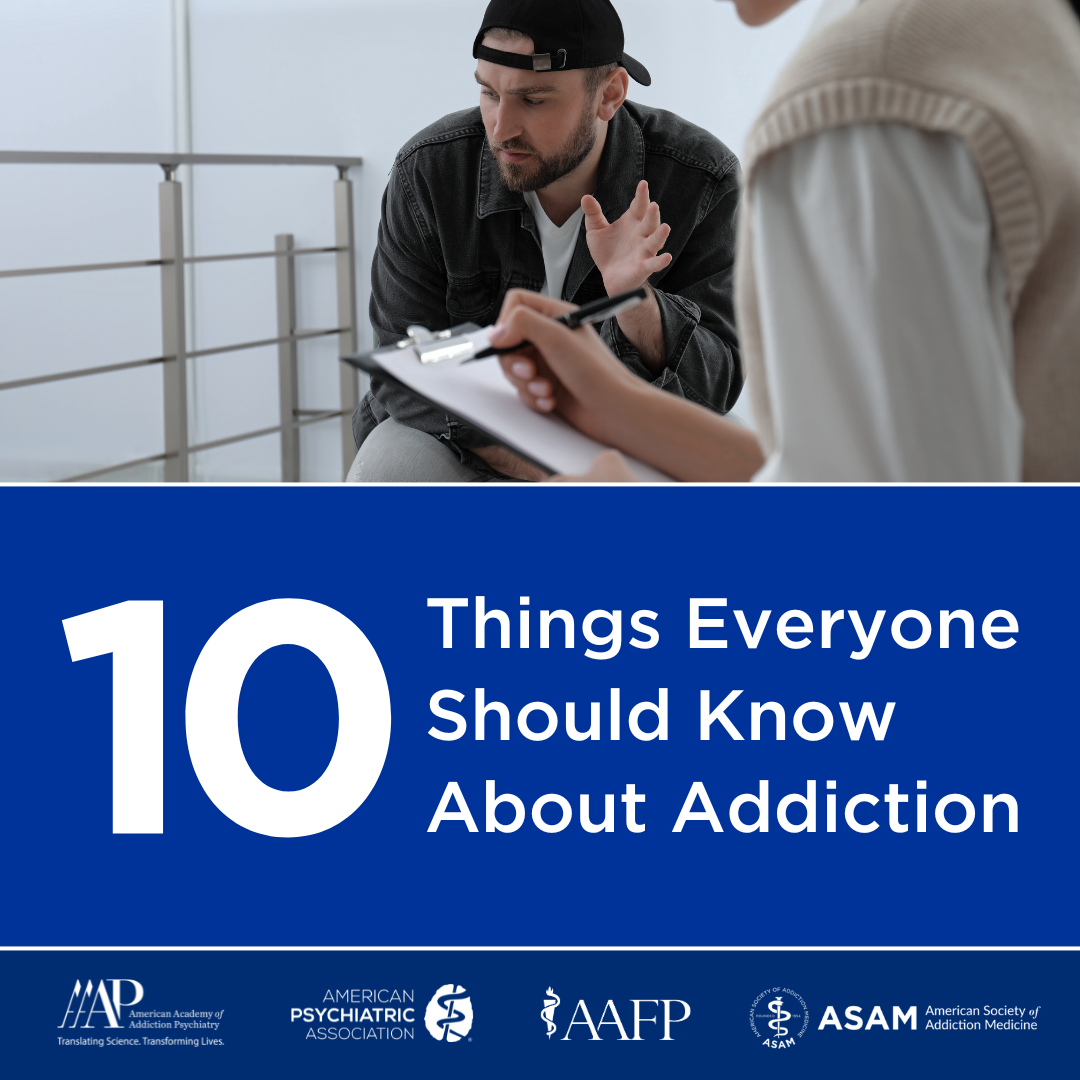Have you ever wondered about the classification of drugs and why some are deemed more dangerous than others? Today, we are delving into the realm of Schedule 2 drugs to unravel their significance.
Schedule 2 drugs, as categorized by the Drug Enforcement Administration (DEA), are substances with a high potential for abuse but also have recognized medical uses. They are considered risky due to their addictive nature and can only be obtained with a prescription from a licensed healthcare provider.
This blog aims to provide a comprehensive overview of what exactly constitutes a Schedule 2 drug, examples of such substances, their legal implications, and why understanding this classification is crucial in the broader context of healthcare and law enforcement.
Introduction to Schedule 2 Drug
Understanding what a Schedule 2 drug is crucial in navigating the world of controlled substances. These drugs are classified under the Controlled Substances Act (CSA) and have a high potential for abuse, with severe psychological or physical dependence. Schedule 2 drugs are considered dangerous, and their usage is strictly regulated due to the risks they pose.
Characteristics of Schedule 2 Drugs
Schedule 2 drugs include substances like oxycodone, methamphetamine, and fentanyl. These drugs are legal for medical use but are tightly controlled and monitored due to their high potential for abuse and addiction.
- Oxycodone
- Methamphetamine
- Fentanyl
Importance of Schedule 2 Classification
The classification of drugs into different schedules helps authorities regulate their production, distribution, and usage. Monitoring the usage of Schedule 2 drugs is essential to prevent misuse and ensure they are used only under strict medical supervision.

Understanding the Classification
When diving into the realm of controlled substances, it’s crucial to comprehend what is schedule 2 drug. Schedule 2 drugs are classified by the DEA (Drug Enforcement Administration) as substances with a high potential for abuse, with medical use but severe restrictions. These substances can lead to severe psychological or physical dependence.
Criteria for Schedule 2 Classification
To be classified as a Schedule 2 drug, a substance must:
- Have a high potential for abuse
- Have a currently accepted medical use
- Require severe restrictions due to the potential for addiction
Examples of Schedule 2 Drugs
Common examples of Schedule 2 drugs include oxycodone, fentanyl, methadone, and Adderall. These substances are often prescribed for medical purposes, but their potential for abuse necessitates strict regulation.
Common Schedule 2 Substances
In the realm of controlled substances, **Schedule 2 drugs** hold significant importance due to their high potential for abuse but with accepted medical uses. These substances have a high risk of physical and psychological dependence, making their regulation and distribution tightly controlled by authorities. The classification under Schedule 2 indicates that these drugs have a legitimate medical purpose but require strict monitoring and restricted distribution.
Examples of Schedule 2 Substances
Some common examples of Schedule 2 drugs include oxycodone, **methadone**, and **Adderall**. These drugs are often prescribed for severe pain management, ADHD, and other medical conditions requiring strong pharmaceutical intervention.
Regulations and Restrictions
Due to their high abuse potential, the **DEA** closely regulates the manufacture, distribution, and dispensing of Schedule 2 substances. Healthcare providers must follow stringent guidelines when prescribing these drugs to prevent misuse and diversion to the black market.
Patients receiving Schedule 2 medications may be subject to regular monitoring, pill counts, and drug screenings to ensure compliance with treatment protocols and to prevent illicit use.

Regulations and Restrictions
When it comes to understanding what is a Schedule 2 drug, it is essential to be aware of the regulations and restrictions surrounding these substances. Schedule 2 drugs are classified as substances with a high potential for abuse, with severe psychological or physical dependence liability.
Classification Criteria
Schedule 2 drugs are tightly regulated due to their potential for harm and misuse. These substances include certain opioids, stimulants, and depressants that are deemed to have medical benefits but also pose significant risks when misused.
Prescription Requirements
Under the regulations, Schedule 2 drugs can only be dispensed with a written prescription from a licensed healthcare provider. Patients must follow strict guidelines for obtaining and using these medications to prevent abuse and addiction.
Medical Uses of Schedule 2 Drugs
Schedule 2 drugs are medications with a high potential for abuse but also have accepted medical uses. These drugs are classified as such because of their significant risk of physical and psychological dependency.
Management of Severe Pain
Schedule 2 drugs like oxycodone and morphine are commonly used to manage severe pain, such as post-operative pain or pain due to cancer.
These medications provide relief to patients suffering from intense pain relief and improve their quality of life.
Treatment of Attention Deficit Hyperactivity Disorder (ADHD)
Stimulant medications like Adderall and Ritalin, classified as Schedule 2 drugs, are often prescribed to individuals with ADHD to help them focus and control their impulses.
These medications can enhance cognitive function and concentration in ADHD patients.
Impact on Society
Understanding what is Schedule 2 drug and its impact on society is crucial in addressing substance abuse issues. These drugs have a high potential for abuse which can have devastating effects on individuals, families, and communities.
Increased Substance Abuse Cases
Schedule 2 drugs are known to be highly addictive, leading to a surge in substance abuse cases across the country. This results in a strain on healthcare systems and an increase in crime rates related to drug abuse.
Health Risks and Overdose
The misuse of Schedule 2 drugs poses serious health risks to individuals, including the possibility of overdose and even death. The societal burden of healthcare costs and emergency response due to drug-related incidents is substantial.
Frequently Asked Questions
- What is a Schedule 2 drug?
- Schedule 2 drugs are substances that have a high potential for abuse, can lead to severe psychological or physical dependence, but also have recognized medical uses. They are considered dangerous and tightly regulated by the government.
- What are some examples of Schedule 2 drugs?
- Some examples of Schedule 2 drugs include methamphetamine, oxycodone, fentanyl, morphine, and cocaine. These drugs are classified as Schedule 2 due to their high abuse potential and severe consequences of use.
- How are Schedule 2 drugs different from other schedules?
- Schedule 2 drugs are classified based on their potential for abuse and dependence, as well as their recognized medical purposes. They are considered to be more dangerous and restricted compared to drugs in lower schedules.
- What are the legal implications of possessing a Schedule 2 drug?
- Possessing a Schedule 2 drug without a valid prescription or authorization is illegal and can lead to serious legal consequences, including fines, imprisonment, and a criminal record. It is crucial to use these substances only under proper medical supervision.
- How are Schedule 2 drugs regulated?
- Schedule 2 drugs are tightly regulated by government authorities to prevent misuse and diversion. Regulations include strict prescribing guidelines, monitoring of dispensing, and measures to control their production and distribution.
Unraveling the Enigma: Understanding Schedule 2 Drugs
As we conclude our exploration into the realm of Schedule 2 drugs, it becomes clear that these substances hold a unique position in the pharmacological landscape. Defined by their high potential for abuse and medical benefits, Schedule 2 drugs walk a fine line between therapeutic use and addiction risk.
By comprehending what Schedule 2 drugs are and how they are classified, individuals can make informed decisions about their health and well-being. The controlled nature of these substances underscores the importance of responsible usage and healthcare provider guidance.
Ultimately, our journey has shed light on the intricacies of Schedule 2 drugs, emphasizing the need for vigilance, education, and caution when dealing with such potent pharmaceuticals.
